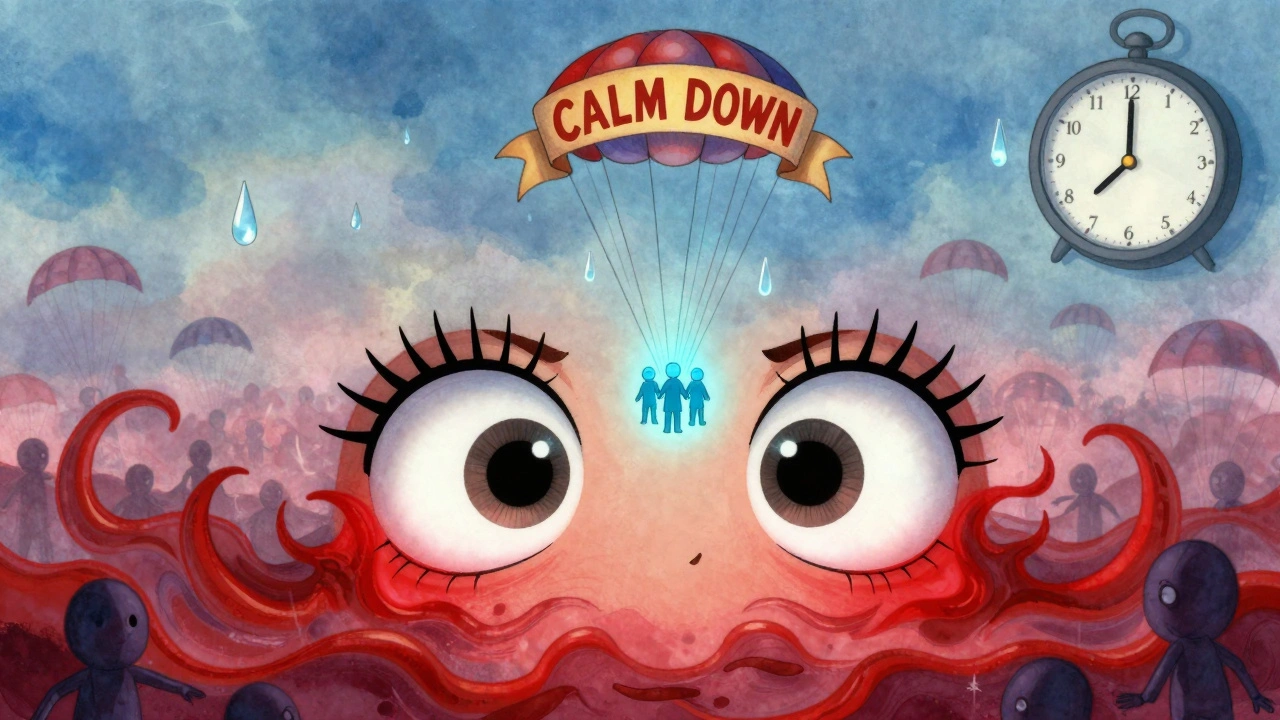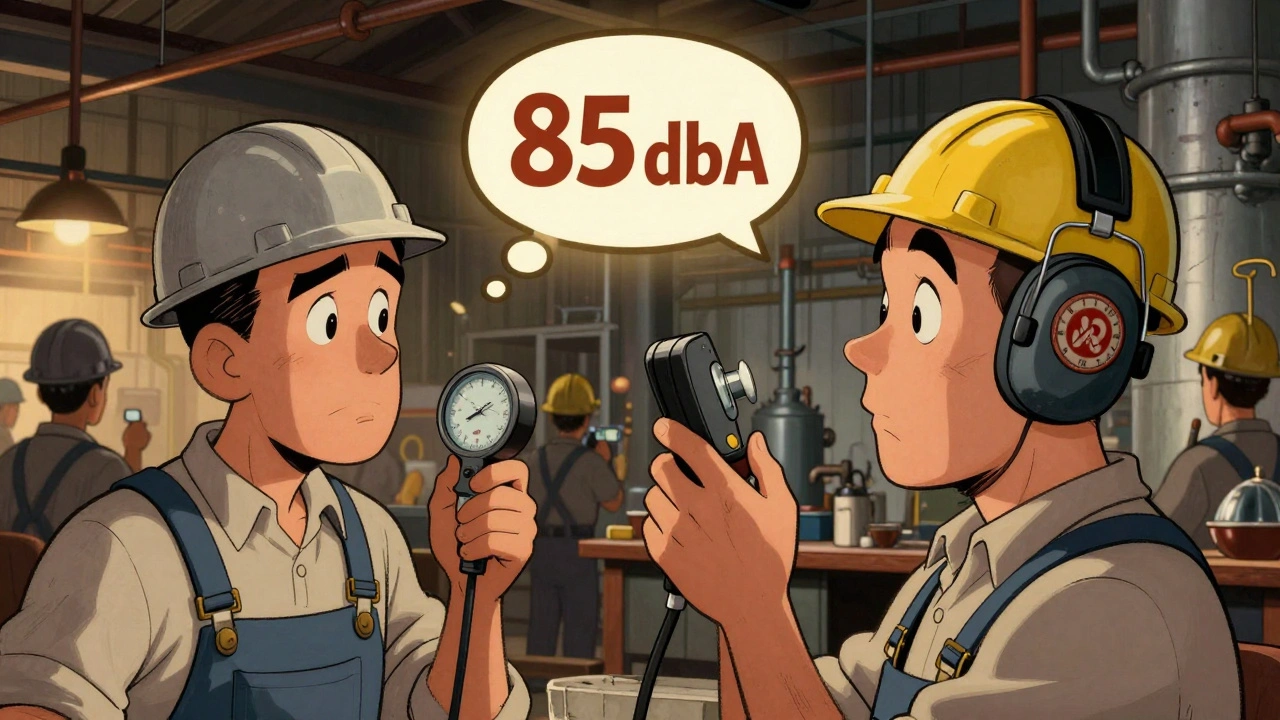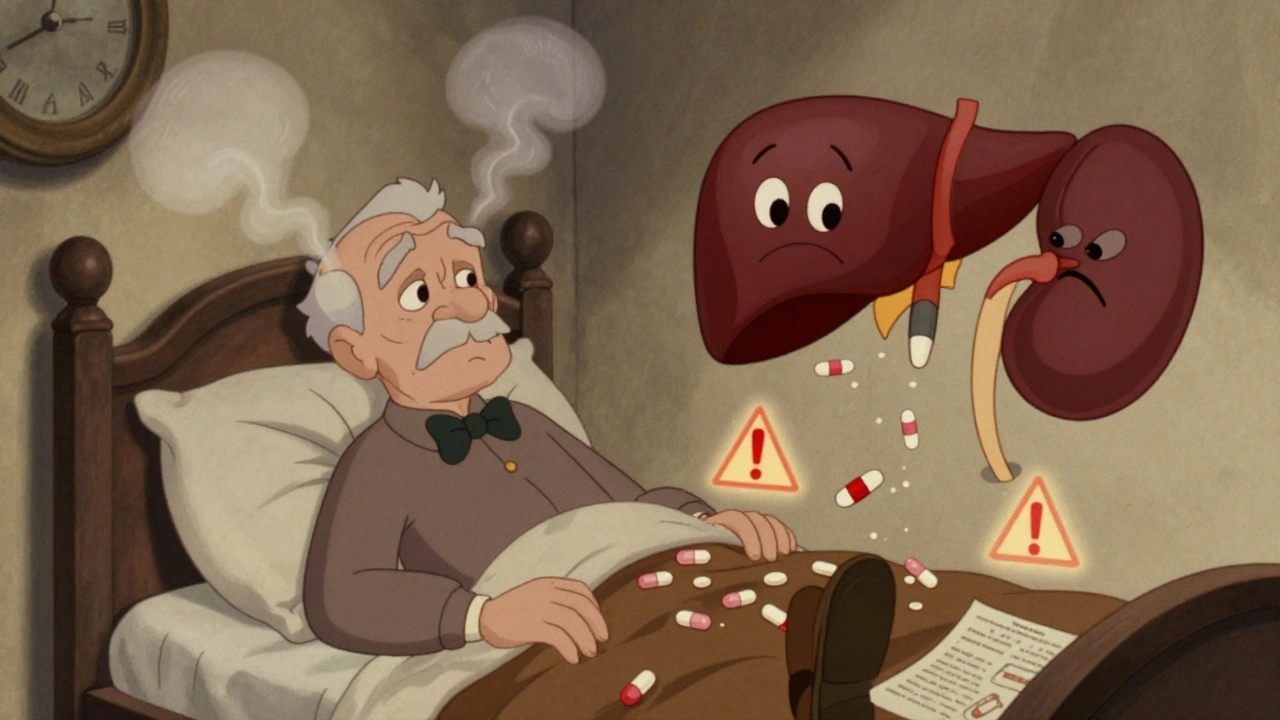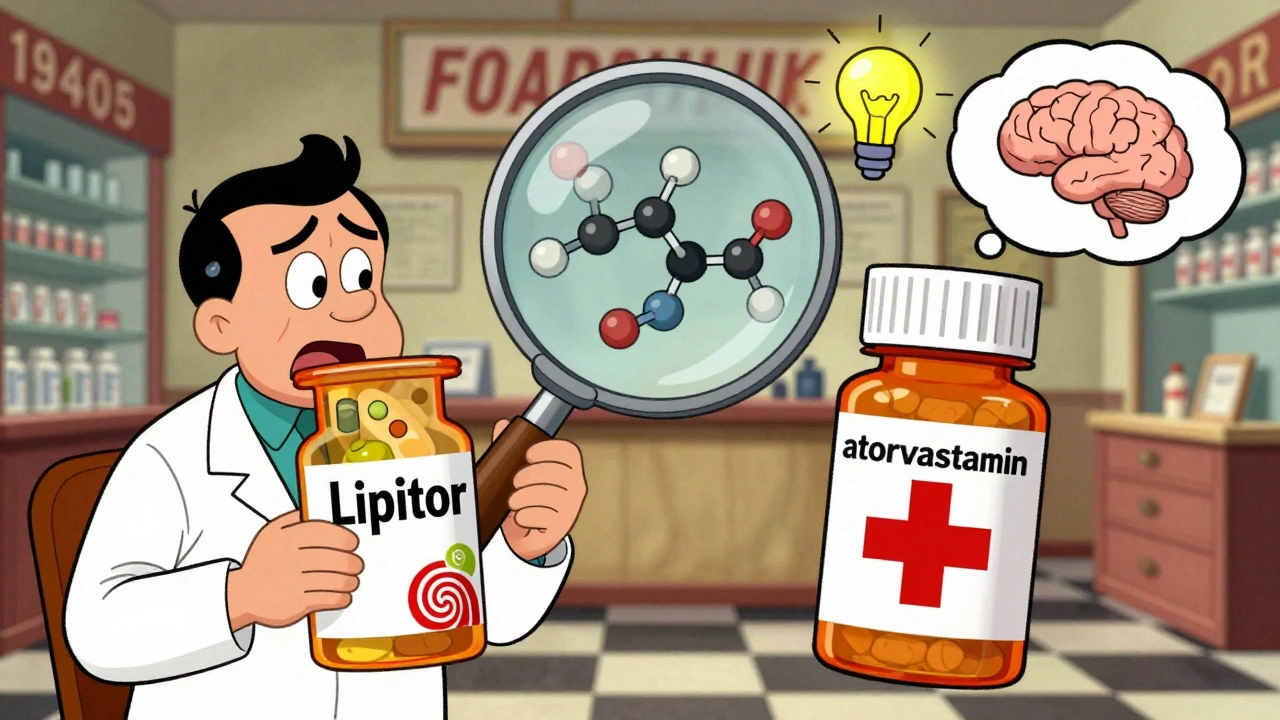DKA Warning Signs: What to Watch For and When to Act
When your body can’t use sugar for energy, it starts burning fat instead—and that’s when diabetic ketoacidosis, a dangerous condition caused by severe insulin deficiency that leads to toxic acid buildup in the blood. Also known as DKA, it’s not just a number on a glucose meter—it’s a full-body alarm system that demands immediate attention. This isn’t rare. It happens most often in people with type 1 diabetes, but it can strike those with type 2 too, especially during illness, missed insulin doses, or new-onset diabetes.
DKA doesn’t sneak up quietly. It builds fast. You’ll feel unusually thirsty, even if you’re drinking a lot. Your mouth feels dry, your skin may look flushed, and you start peeing more than usual—not because you drank too much coffee, but because your kidneys are trying to flush out excess sugar. Then comes the smell: fruity or like nail polish remover. That’s acetone, a ketone your body produces when it’s running on fat. If you notice that, don’t wait. Your blood sugar is likely above 250 mg/dL, and your body is in crisis mode.
As DKA worsens, your stomach gets upset—not just a little nausea, but vomiting that won’t stop. You feel weak, tired, confused, or dizzy. Breathing gets fast and deep—not from running, but because your body is trying to blow off acid. This is called Kussmaul breathing, and it’s a last-ditch effort to balance your blood pH. If you’re experiencing this, you’re already in serious danger. Left untreated, DKA can lead to coma or death.
What triggers it? Skipping insulin. Getting sick with the flu or an infection. New diagnosis of diabetes. Stress. Even some medications can tip the scale. It’s not always about poor habits—it’s often about a sudden breakdown in a system that’s already fragile. That’s why knowing the warning signs isn’t optional. It’s survival.
You don’t need to be a doctor to spot this. If you have diabetes and you feel worse than usual, check your blood sugar and your ketones. Test strips are cheap. A finger prick takes seconds. If ketones are moderate or high, call your doctor or go to the ER. Don’t wait for vomiting. Don’t wait for confusion. Don’t wait for breath that smells like candy. The earlier you act, the easier it is to fix.
The posts below give you real, practical insights into how DKA connects to other health issues—like fluid retention from medications, kidney damage from high blood sugar, and how insulin therapy works in real life. You’ll find what works, what doesn’t, and what you need to know before it’s too late. This isn’t theory. It’s what people actually face—and how they get through it.
Diabetic Ketoacidosis: Warning Signs and Hospital Treatment
Diabetic ketoacidosis (DKA) is a life-threatening diabetic emergency marked by high ketones, acidosis, and dehydration. Recognize early signs like extreme thirst, vomiting, and fruity breath. Hospital treatment requires IV fluids, insulin, and electrolyte correction. Delaying care increases death risk.






